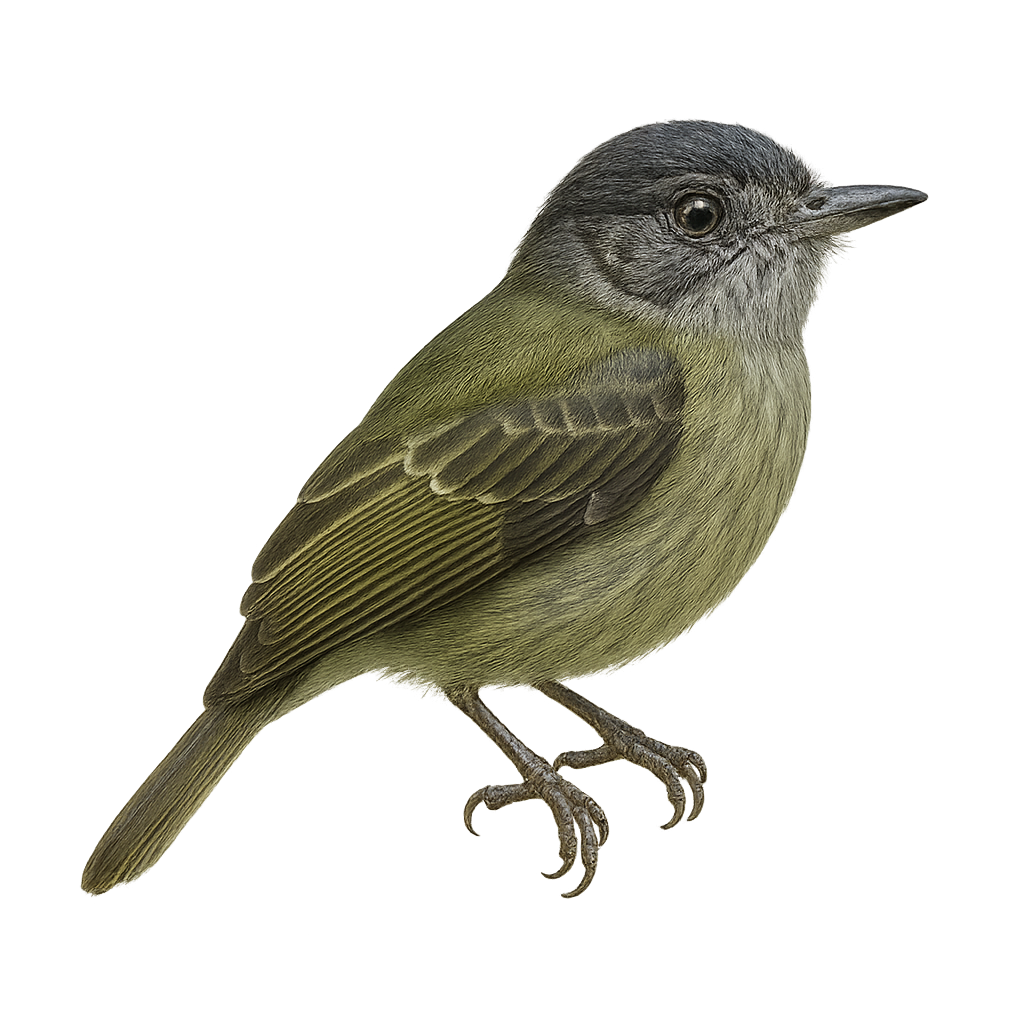Your wildlife photography guide.
Explore the taczanowski's tyrannulet in detail, study its behavior, prepare your shots.
Where to observe and photograph the taczanowski's tyrannulet in the wild
Learn where and when to spot the taczanowski's tyrannulet in the wild, how to identify the species based on distinctive features, and what natural environments it inhabits. The WildlifePhotographer app offers tailored photography tips that reflect the taczanowski's tyrannulet’s behavior, helping you capture better wildlife images. Explore the full species profile for key information including description, habitat, active periods, and approach techniques.
Taczanowski's Tyrannulet
Scientific name: Leptopogon taczanowskii

IUCN Status: Least Concern
Family: TYRANNIDAE
Group: Birds
Sensitivity to human approach: Suspicious
Minimum approach distance: 10 m
Courtship display: October to November
Incubation: 16-18 jours
Hatchings: October to December
Habitat:
humid forests, cloud forests, dense undergrowth
Activity period :
Primarily active during the day, with peak activity in the morning and late afternoon.
Identification and description:
The Leptopogon taczanowskii, or Taczanowski's Tyrannulet, is a small bird from the Tyrannidae family. It is primarily found in the humid forests of the Andes, where it moves nimbly through dense vegetation. Its plumage is mainly olive green with lighter shades on the belly, allowing it to blend into its surroundings. This bird is known for its distinctive song, often heard before seen. It feeds mainly on insects, which it catches in flight or finds on leaves. Taczanowski's Tyrannulet is a discreet bird, often difficult to observe due to its wary behavior and dense habitat.
Recommended lens:
400 mm – adjust based on distance, desired framing (portrait or habitat), and approach conditions.
Photography tips:
To photograph Taczanowski's Tyrannulet, it is advisable to use a 400mm lens or longer to capture detailed images from a distance. Due to its wary behavior, it's best to remain discreet and blend into the environment. The humid forests it inhabits often provide diffused light, so it's important to adjust exposure settings to avoid underexposed images. Early morning hours are ideal for better lighting and increased bird activity.
The WildlifePhotographer App is coming soon!
Be the first to explore the best nature spots, track rutting seasons, log your observations, and observe more wildlife.
Already 1 439 wildlife lovers subscribed worldwide

